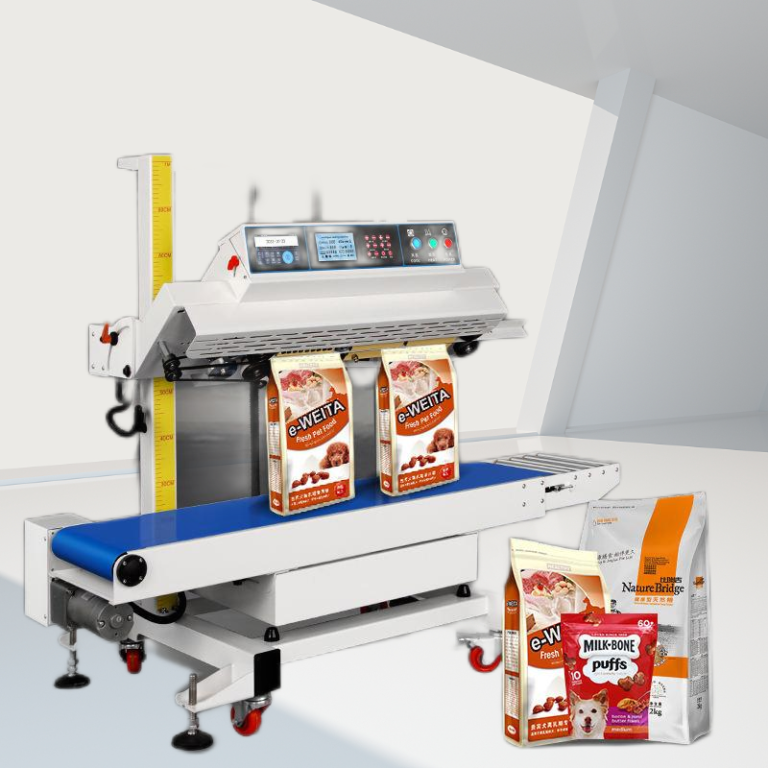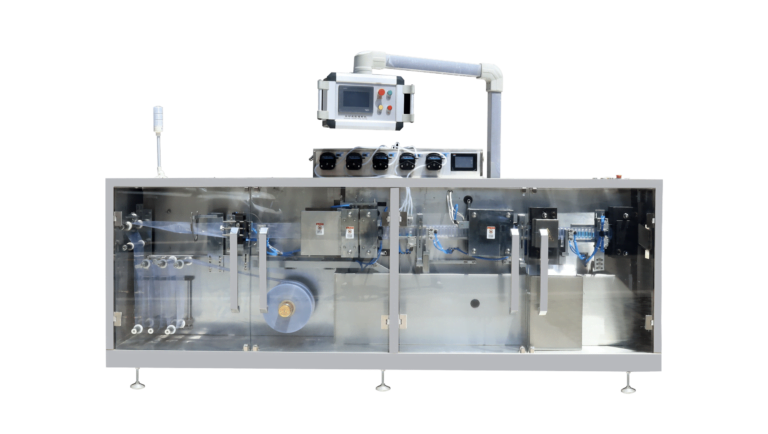Not sure what kind of package from stick and sachet to choose? Calm down, if necessary! Let me assist you here.
There are various special qualities in both sachet and stick packing; you have to decide which one fits your use. For storing medication or instant tea or coffee, for instance, a stick pack works best. For food and cosmetics, nevertheless, a sachet is the ideal choice.
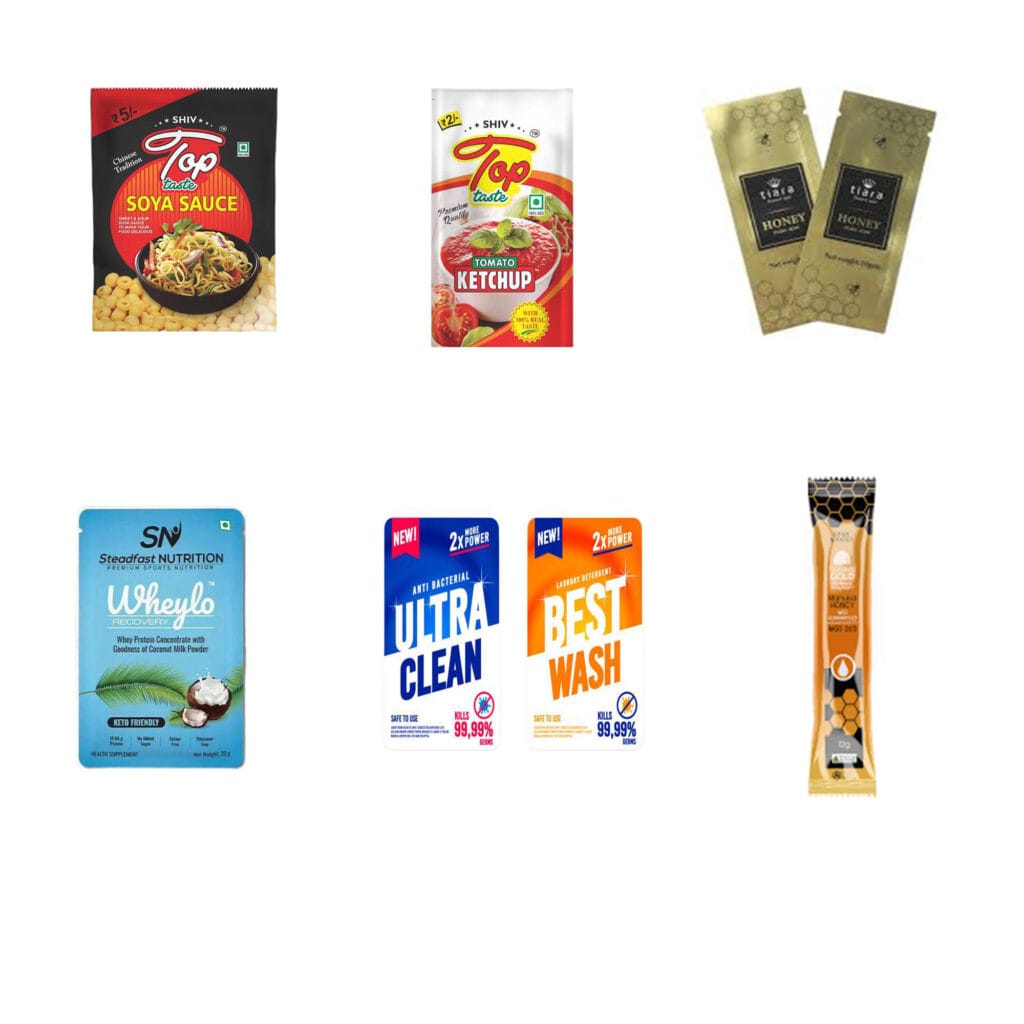
We shall first go over the differences between stick packs and sachets in this blog, then explore the advantages of including them into your manufacturing process and applying them for your own single serve packaging.
Understanding Stick Pack Vs Sachet Pack
Stick packs, often known as stick packets, are the most popular single-dose packaging on the market. Stick pack packaging is typically used for sports drink powders or sugar, instant coffee, and other powdered products. Its small size and thin shape distinguish it. These single dose packets are appropriate for any type of powder and are often not used to package liquids, gels, or semi-solids. Stick packages are easily transportable and are popular among producers due of their convenience.
Stick packs are narrow, lengthy, and come in single doses. These packs can be used to store powders, sugar, granules, and so on. Furthermore, they are sealed on two sides and easily transportable.
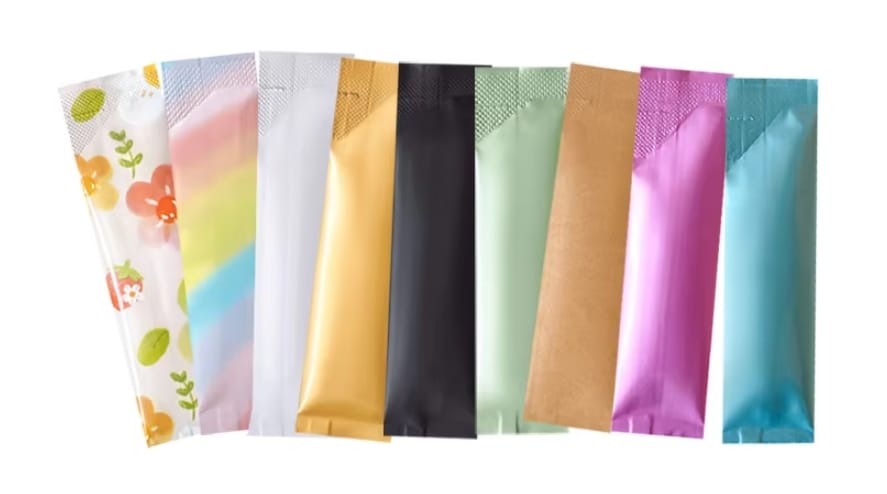
Sachet packages, on the other hand, are often designated for liquids, dairy products, or certain types of food goods, such as apple sauce or baby food. Sachet containers are commonly sealed on three or four sides, and the four-side sealing process results in an extremely robust seal that will not break during transportation or storage.
Regardless of your individual requirements, both package solutions are ideal for consumers who lead busy lives. Their production rate is fast, and they require little packing equipment.
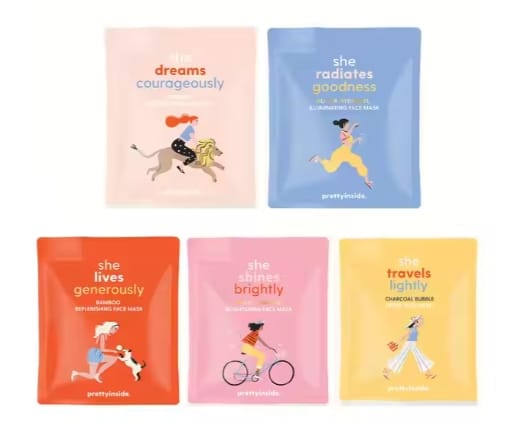
Benefits of sachet packaging and stick packs
This style of packaging is ideal for powder, food, and pharmaceutical products, whether you use sachets or stick packaging. Here are some of the major advantages of adopting sachet packaging or a stick pack:
- Stick packs are ideal for on-the-go consumers.
- They are easy for the pharmaceutical industry to dose medicines and powder supplements.
- Filling each stick pack or sachet requires minimal equipment.
- They can be used for liquids, powders, and food products.
- They can work with a small packaging equipment budget.
- They are lightweight for easy storage and transportation.
- High-quality packages provide convenience for consumers. – No need for volumetric, auger, or liquid fillers. – Each sachet prevents dusty products from becoming dustier during shipping and storage.
What Are The Difference Between Stick Pack Vs Sachet Pack?
Sachet packaging and stick packaging differ even if they offer simplicity of use and convenience. Look at them.
Type of packaging
The packaging of each packets is different. Long, skinny rectangular tubes called stick packs. Usually constructed from single or many layers of plastic or another material, they are They also have bottom and two sealed sides up, a tear-off tab for easy opening.
Sachets, on the other hand, come in a variety of forms fashioned from foil and like materials. Sealed on three or four sides and larger than the stick pack, they One can open them by shredding them.
Capacity
Capacity indicates that these two packs store different product quantities. For instance, stick packets usually have less liquid than sachets, say one to sixty millilitre. Regarding powder, though, they can save many grammes. You can thus keep dietary supplements, beverages, and instant tea in stick packs.
Sachets are made to store more materials than stick packs, perhaps a few grams of ground or one to ten millilitre fluid. This capacity lets you pack sugar, cream for dessert, condiments, moisturizer, shampoo, etc.
Cost
Sachet packs are less expensive than stick packs since they are flexible and more easily obtained in lesser numbers. Stick packs, meantime, are needed for manufacturing machinery and come in specific shapes.
Industries
Food, drugs, house chemicals, etc. all employ stick packs and sachets. Still, stick packs find most application in the medical field. Tablets, liquids, and powdered goods all find use there. These sticks are also used in the packaging of tea and coffee to pack several varieties of each.
On the other hand, sachets find largely application in the food and chemical sectors. Usually, they are utilized for one-time needs like shampoo and detergues.
Stick Packaging Machine VS Sachet Packaging Machine
Let us now closely examine the sachet pack machine and stick pack machine in particular here.
Stick Packaging Machine
For stick pack production, precision is key. Two main types of machines cater to this need:
- Single-Lane Stick Packaging Machine
The single-lane stick packaging machine is equipped with one molding mold and one feeder, allowing it to pack products in a single lane. The process begins with filling the product into a stick pack, followed by sealing, cutting, and other steps to form a single row of stick packs.
- Multi-Lane Stick Packaging Machine
The multi-lane stick packaging machine can handle multiple lanes simultaneously, typically two, four, or eight. It uses individual feeders and molds to distribute materials into separate bags, then proceeds with sealing, cutting, and other processes to produce multiple rows of stick packs at once.
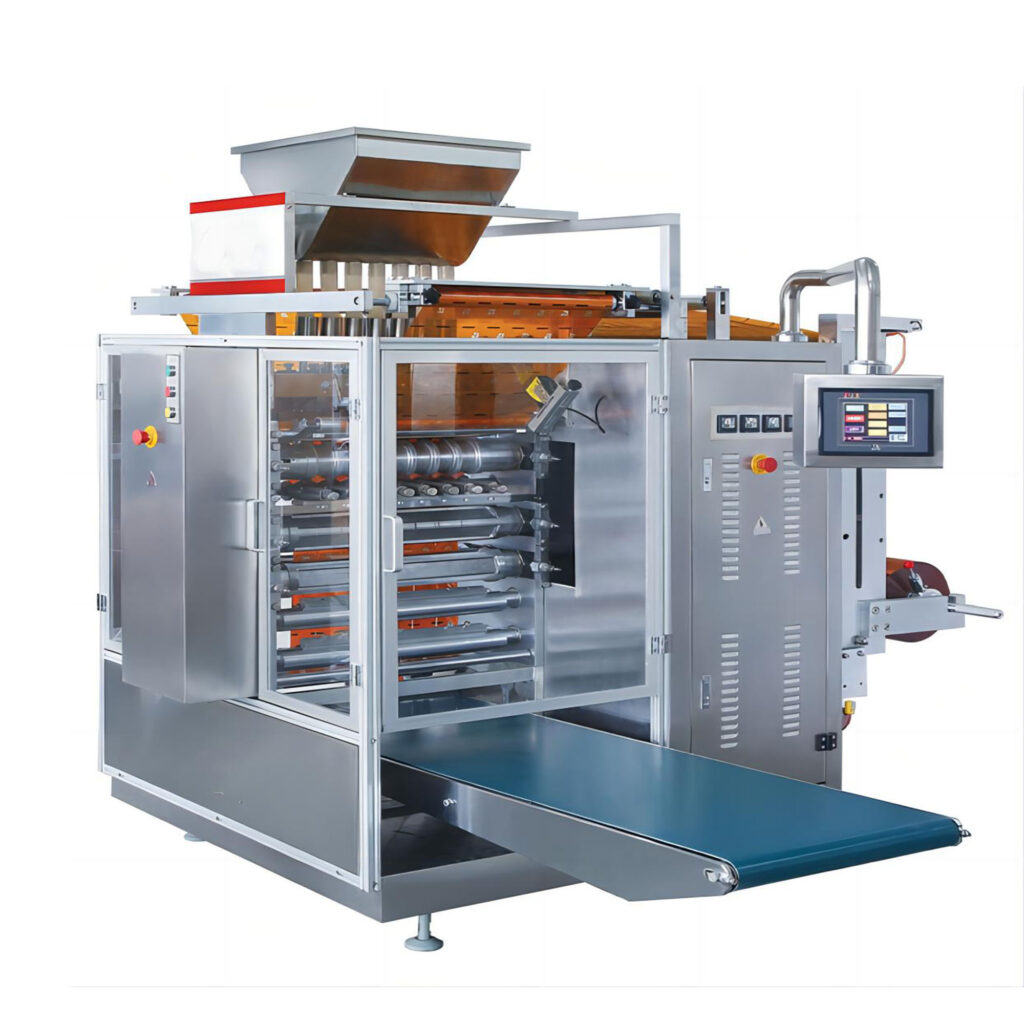
Sachet Packaging Machine
Sachet packaging machines are designed for packing various products into flat, wide sachet bags. They can accommodate items such as powders, capsules, and cosmetics. There are two primary types:
The vertical sachet machine is versatile, capable of packing solids, liquids, granules, and more. It operates in an upright position, filling, sealing, and labeling packaging bags vertically. Additionally, it can automatically count, detect, and weigh the materials during the packaging process.
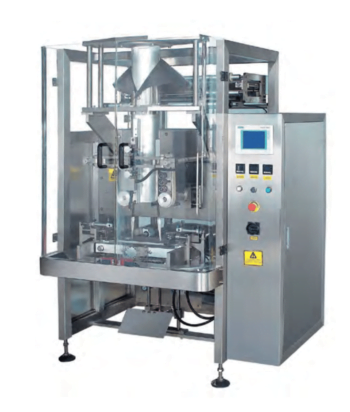
Horizontal sachet machines offer faster speeds compared to vertical models. They can package different products in various bag shapes and sizes and work with both paper and plastic materials. Thanks to their advanced control features and automation, these machines fill products and seal bags horizontally, providing a flexible packaging solution.
Stick Pack Vs Sachet: A Quick Distinction
| Features | Stick Pack | Sachet |
|---|---|---|
| Dosage Precision | Offers precise dosage | Less precise, especially for powders |
| Portability | Highly portable and convenient | Generally portable, but can be bulkier |
| Cost | Higher manufacturing cost | More cost-effective to produce |
| Packaging Waste | Produces less waste | Tends to produce more packaging waste |
| Ease of Use | Easy to open and use | Simple to open, but can be messier |
| Versatility | Limited to certain types of products | Versatile for a wide range of products |
| Uses | Pharmaceuticals, energy drinks, powdered supplements | Condiments, cosmetics, single-use items |
| Consumer Preference | Preferred for on-the-go consumption | Preferred for household and varied uses |
| Environmental Impact | Generally more sustainable due to less material usage | Less sustainable due to higher waste |
Comparing Sachet vs. Stick Packaging: Which One to Choose?
Usage and Product Compatibility
When deciding between sachet and stick packaging, consider the nature of your product. Sachets are versatile and can accommodate a wider range of products, including liquids, creams, powders, and even gels. Their flat design allows for larger quantities compared to stick packs, making them ideal for products such as condiments, lotions, and shampoos. Sachets are also suitable for pharmaceutical products like tablets and capsules.
Stick packs, however, are typically used for dry products such as sugar, instant coffee, powdered supplements, and energy drink powders. Their narrow shape makes them less suitable for liquid or semi-solid products, although they can work for small doses of liquid products.
Quick Tip: If your product requires precise dosing or contains liquids, sachets are the better choice. For powdered or granulated products, stick packs offer a more convenient option.
Cost Considerations
Cost plays a significant role in packaging decisions. Sachet packaging is generally more cost-effective, especially for larger quantities, because it uses simple materials and has a straightforward sealing process. The larger surface area of sachets also allows for more branding and product information.
Stick packaging, while more expensive, uses less material due to its narrow shape. This reduction in material use can offset some costs, especially for smaller product quantities. However, the manufacturing equipment for stick packs can be more complex and costly, potentially increasing production expenses.
Quick Fact: According to industry reports, sachet packaging can be up to 30% cheaper than stick packaging for similar product volumes due to simpler production processes.
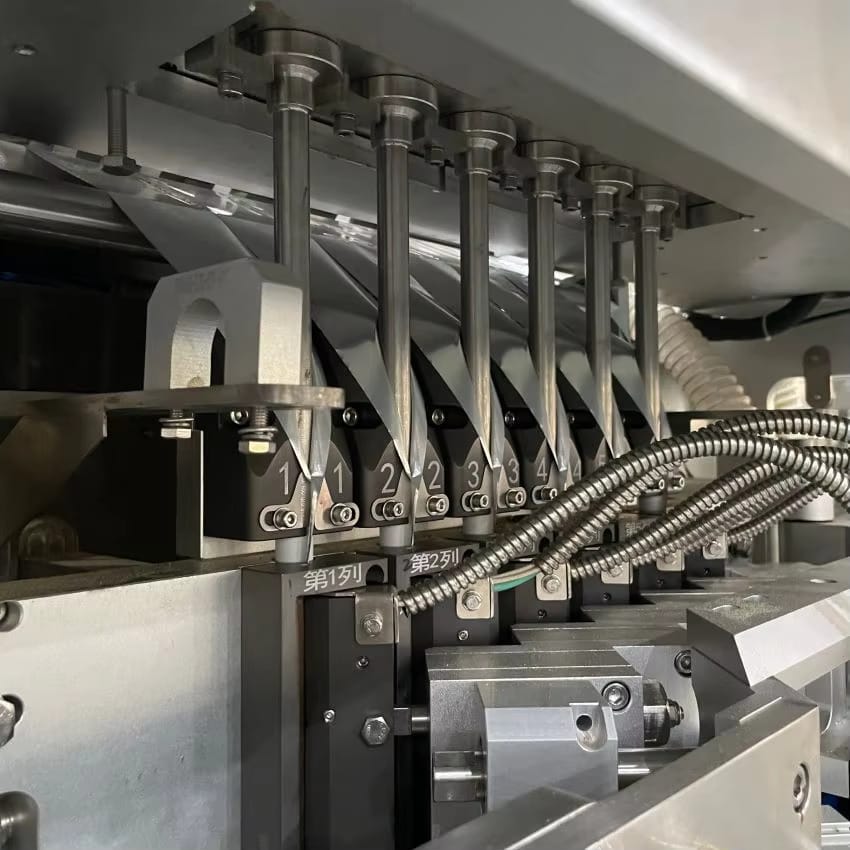
Packaging Speed and Efficiency
When it comes to packaging speed, stick packs often have an edge. Multi-lane stick pack machines can fill multiple units simultaneously, making them highly efficient for high-volume production. Sachet machines can also package quickly, but their speed may vary depending on the product type and packaging material used.
For manufacturers looking to optimize production efficiency, stick packs are an excellent choice for products that can be packaged in small, narrow quantities. On the other hand, sachet machines may be more suitable for products requiring a slower fill rate or more precise dosing.
Consumer Convenience and Appeal
Consumer convenience is essential for product success. Stick packs are favored for their portability and ease of use. They can be easily torn open, making them ideal for on-the-go consumption. Products like instant coffee, sugar, or dietary supplements benefit from this convenient format.
Sachets, while also easy to open, offer a larger surface area for branding and instructions. This makes them a preferred choice for products requiring detailed usage information or marketing messages. Additionally, sachets can accommodate larger quantities, which may be appealing for household products like shampoo or food condiments.
Environmental Impact
Sustainability is a growing concern in the packaging industry. Stick packs generally produce less packaging waste due to their minimal material use. However, their smaller size may result in higher waste generation if more units are needed for larger quantities.
Sachets, while using more material per unit, can reduce overall waste if fewer units are needed to package the same amount of product. Additionally, many companies are now exploring eco-friendly materials for sachet packaging, such as biodegradable films and recyclable materials.
Did You Know? The flexible packaging market is expected to grow by over 4% annually, with sustainable packaging solutions becoming a significant trend. Many brands are now opting for compostable and recyclable sachets to reduce their environmental footprint.

Frequently Asked Questions
1. Can stick packs be used for liquids?
Stick packs are generally used for powders and granules, but they can accommodate small quantities of liquid products. However, sachets are more suitable for larger liquid quantities.
2. Are sachets more cost-effective than stick packs?
Yes, sachets are usually more cost-effective for larger quantities because they use simpler materials and production processes.
3. Which packaging is better for pharmaceuticals?
Both packaging types are used in the pharmaceutical industry, but stick packs are favored for powdered supplements, while sachets are more suitable for tablets, capsules, and liquid medications.
4. Is stick packaging more sustainable than sachet packaging?
Stick packaging may use less material per unit, making it more sustainable for small quantities. However, eco-friendly sachet options are available that can help reduce environmental impact.
5. Can sachets accommodate more branding elements?
Yes, the larger surface area of sachets allows for more extensive branding and product information, making them ideal for products requiring detailed instructions or marketing content.
Conclusion
Choosing between stick packs and sachet packs depends on your specific packaging requirements and the nature of your product. Stick packs are ideal for portable, single-dose applications like instant coffee or dietary supplements, while sachets are better suited for larger quantities, liquids, or products like cosmetics and condiments.So, if you want to get the best sachet machine, contact Lintyco Pack NOW!


